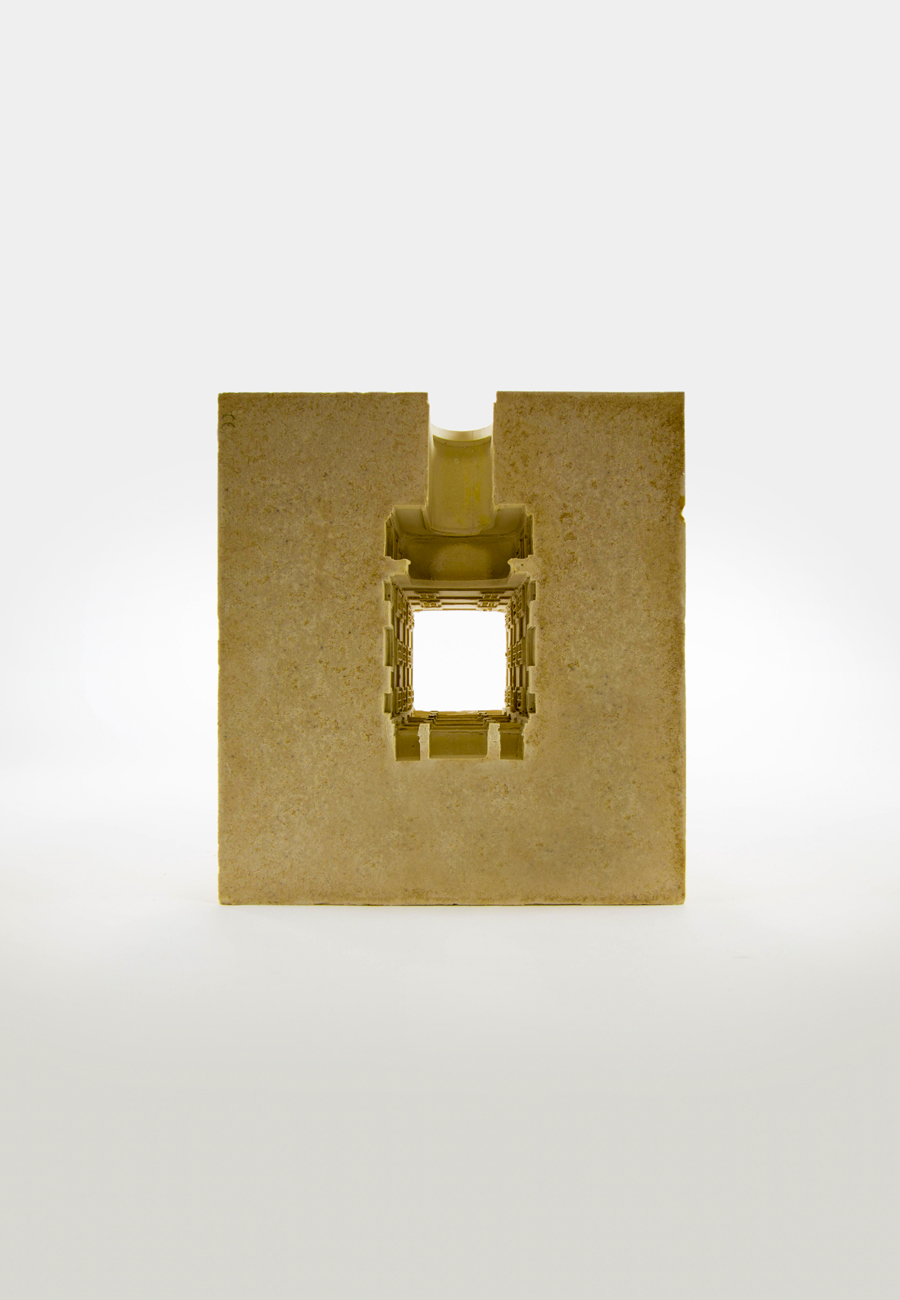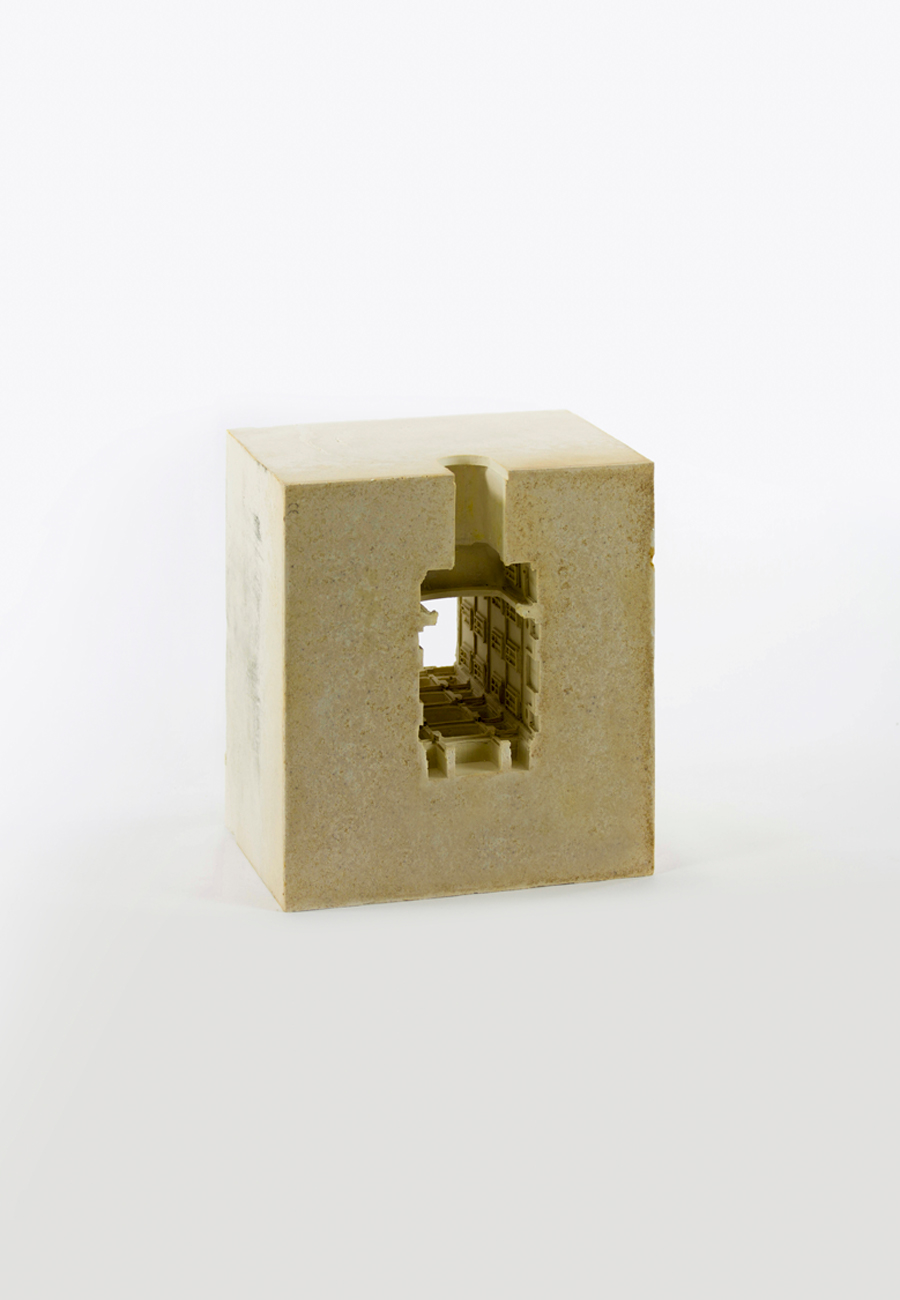

In Naples, building wondrous open staircases following the model of Sanfelice continued throughout the second half of the eighteenth century. One of the later ones, attributed to Pompeo Schiantarelli (1746–1805), a Roman architect active in the Neapolitan circles of Ferdinando Fuga, was built in the palazzo that is since called ‘dello Schiantarelli’, along via Foria, at number 242, opposite the new botanical gardens. Via Foria was the main road to Caserta and, from the mid-century, the site not only of Ferdinando Fuga’s gigantic Real Albergo dei Poveri (an initiative of Tanucci), but also of extensive condominium development.
The plan returns to the typology of double orthogonal staircase set at the back of a cortile. In this peripheral zone of Naples terrain is not as sparse and the courtyard can easily occupy more space, and even access to a back garden. There is ample depth and the length of the flights parallel to the axis is, compared to the previous examples, far less constrained. Hence, probably, the leaving out of the diagonal flights along the courtyard façade, which gave the Sanfelice staircase its typical ‘gull’s wing’ dynamic. Even at the back of the stair’s quadrant, only the ground and second floors have flights orthogonal to the main axis. Hence, the overall effect of the structure, with its horizontal landings supported by robust columns, is much more static. Yet, stacking up five levels, the landings transform into theatre boxes. A visitor entering the cortile is put onto a stage. With its back-lit central openings, on all floors including the ground floor, and its longitudinal light shafts, developed in depth as opposed to the usual transverse or square ones, the back wall is all but eliminated, and supplanted by a deep open structure of the utmost transparency, delicately flooded with light.